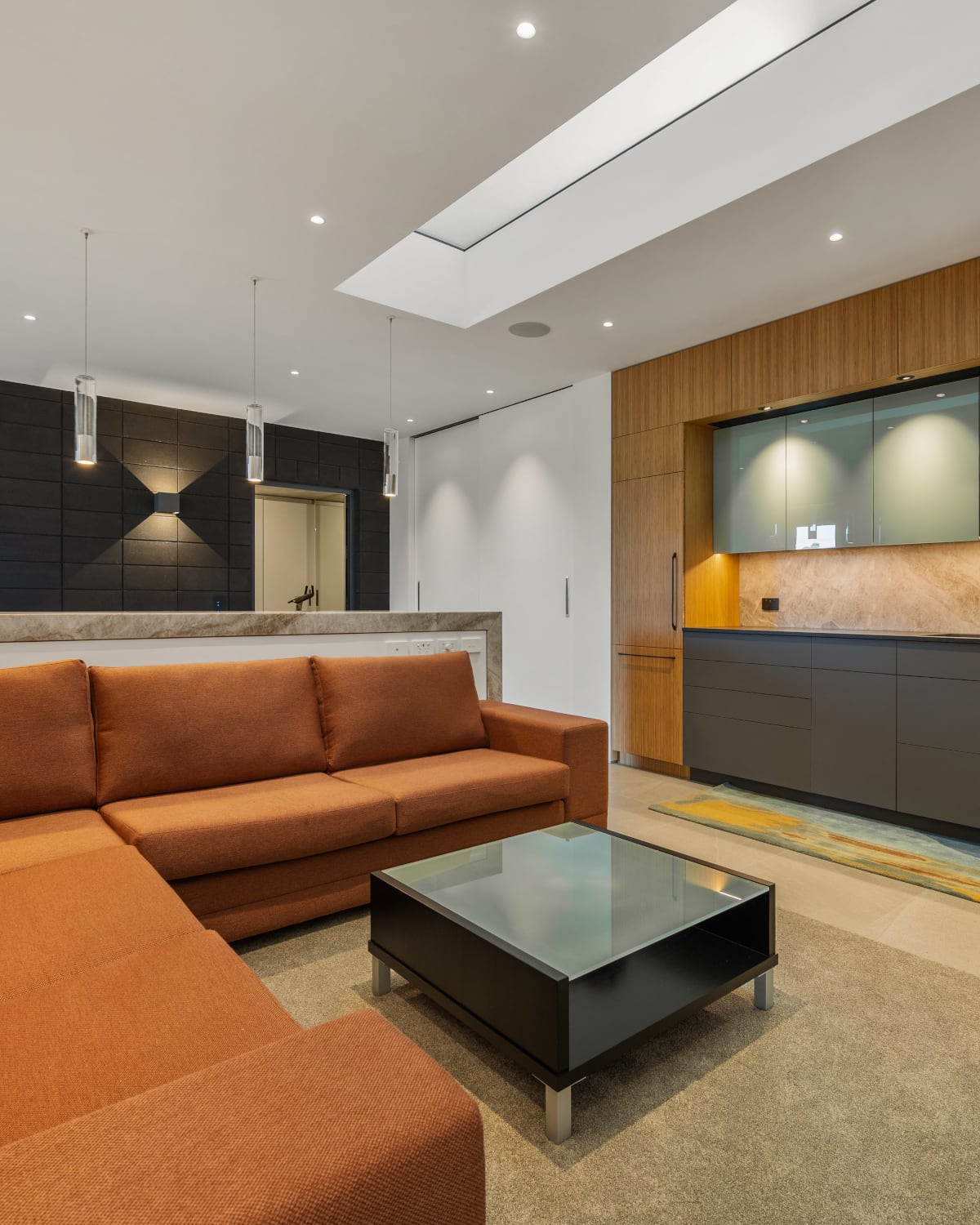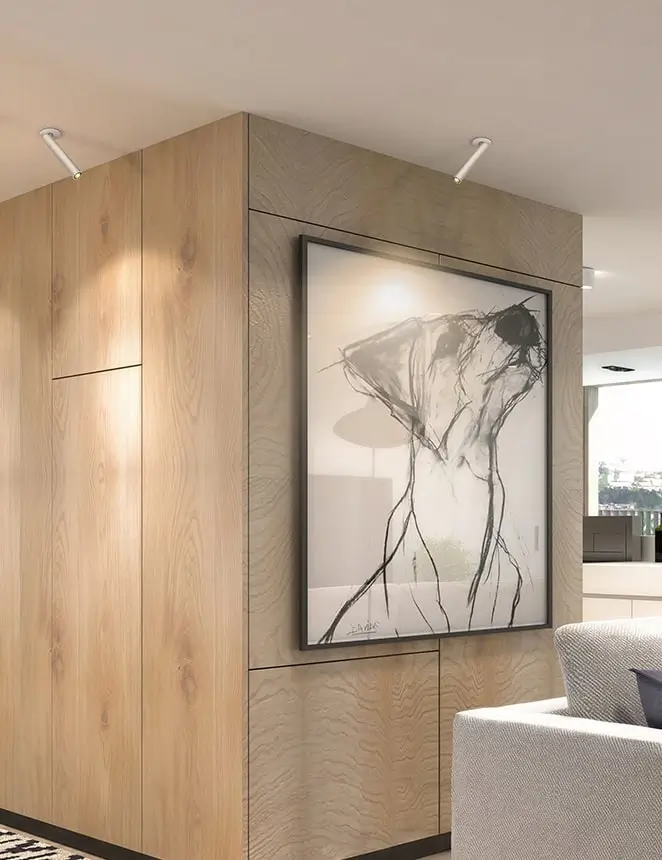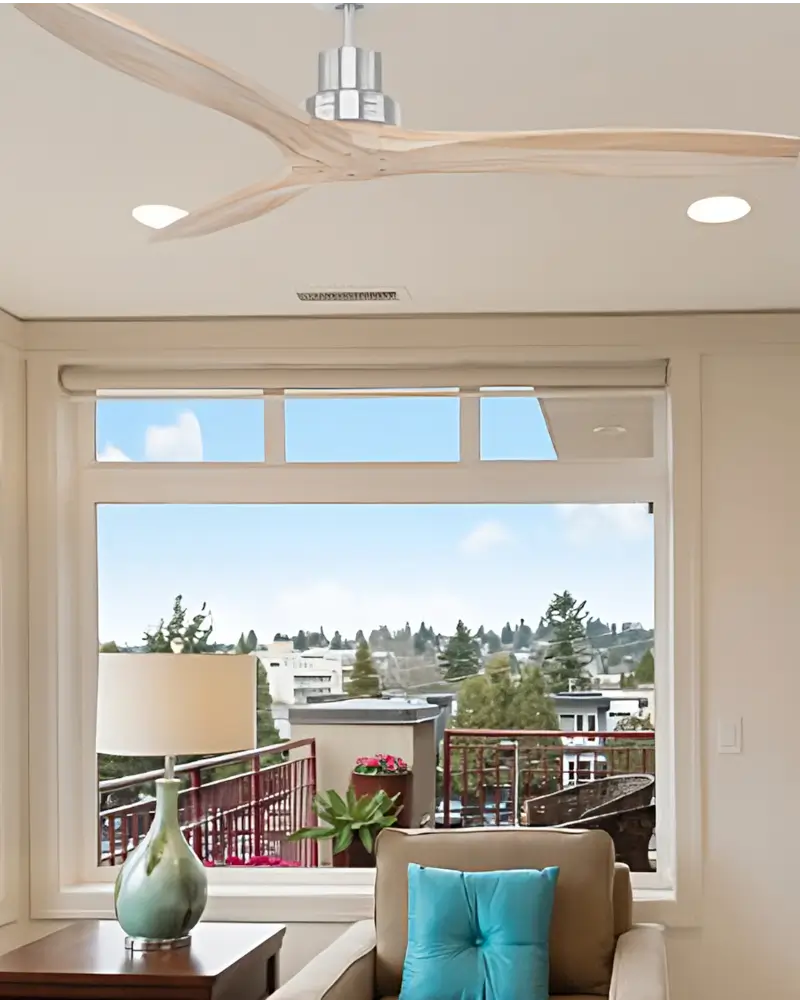Here at The Lighting Centre, we use the term “light layering” to describe our approach to lighting design, but what does it actually mean? In layman’s terms, light layering is the art of using different types of light in a room to create a specific ambiance and highlight certain features. Think of it like a cake – just like how a cake needs different layers to make it delicious, a room needs different layers of light to make it inviting.
But before we dive into the different layers of lighting, let’s talk about the importance of light in general. Light is essential for human survival – it helps us see, navigate, and even regulate our circadian rhythms. But beyond the biological aspect, light also plays a huge role in how we perceive a space. The right lighting can make a room feel warm and cozy and give you options for the mood you want in your home, while the wrong lighting can make it feel cold and uninviting.
Once you understand light layers you can see the difference a professional lighting plan can make, head along to our lighting design page to start your journey with us.
Lets take a look at the Three Layers of Lighting?
Ambient Lighting
Ambient lighting is the most common type of light layering. This is the light that fills a room, providing a general level of illumination. We look to chandeliers, pendants, semi-flush (surface mounted) and recessed lighting to provide this base level of lighting.
Your ambient lighting can be the main focal point of a room but using the right low glare recessed lighting can make the ambient light disappear so the focus can be on the other lighting, or even just the architecture of the space.
Ambient lighting needs to be a general light either in the centre of the room, or multiple lights spaced evenly across the room, this will give you a balanced even light that works perfect with your other light layers.
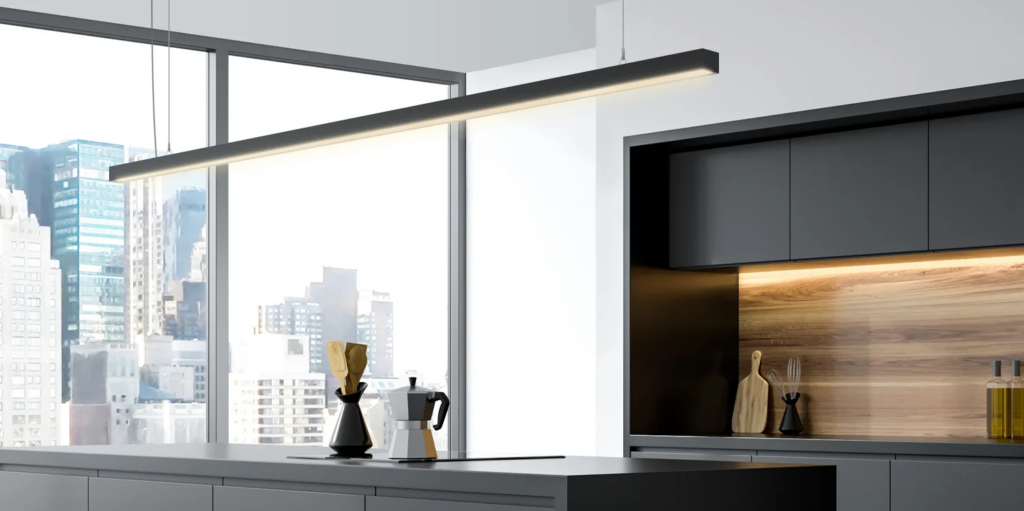
Task Lighting
Task lighting is all about making a space functional. This type of light layering is used to provide a focused light source for activities such as reading, writing, cooking or applying makeup. Task lighting is typically brighter and more directed than ambient light. Task lighting doesn’t have to be recessed spotlights or track lighting it can also include desk and floor lamps, under cabinet lights, wall lights and even pendant lighting placed over a task space
In working rooms like Kitchens, we work hard to make sure strong task lighting is used over the bench or in the cooking and prep spaces, this could be a pendant over your island or a strip of lighting under your overhead cabinets.
Wall mounted lighting is often used in task lighting. These would be the permanent fixtures that are created next to beds or chairs to be used as reading lamps. A good task lighting layer can give you options for the mood of a space, once the ambient lighting is turned off a home is dark and moody with just specific areas lit, it is lovely to read a good book on the couch or in bed in a dark atmosphere.
Accent Lighting
Last but not least is accent lighting. This type of light is used to highlight specific features in a room, such as artwork, architectural elements, or even plants. Accent lighting is typically the brightest of the three types and can come from sources such as spotlights or track lighting. Examples of lights that can create accent lighting include spotlights, track lighting, and even picture lights.
Track lighting is rows of lighting that are usually adjustable so their lights can go exactly where you want them to. This gives theatre/stage lighting vibes.
Picture lights are the lights that are used in museums to highlight pictures. These lights can be used to accent something below the light such as a plant or a thing of pottery. We have a wide selection of wall mounted and recessed options for art lighting.
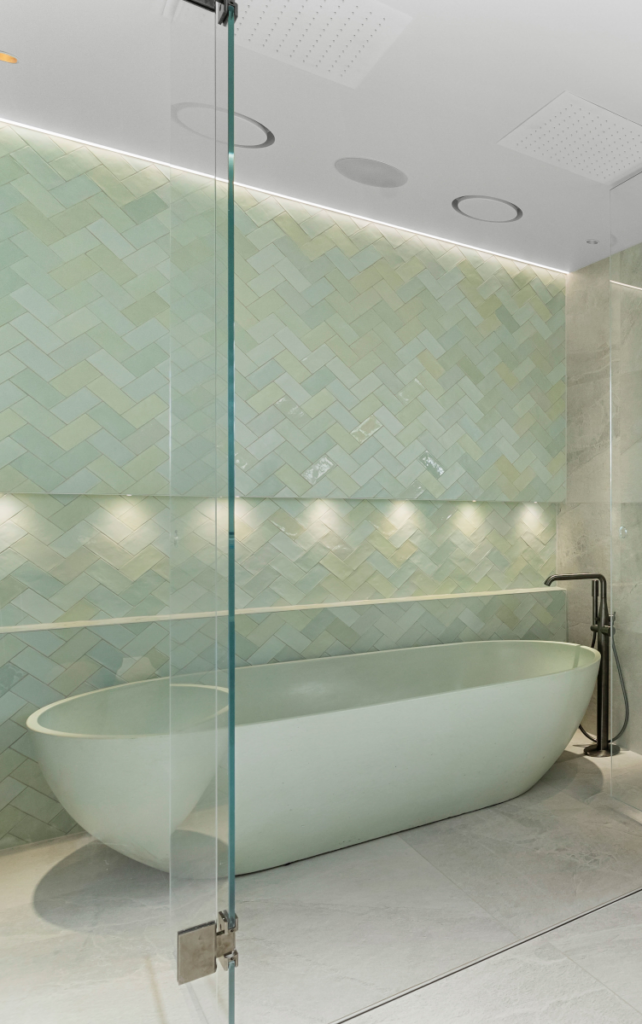
Highlighting the architecture can involve lights to wash a vaulted ceiling, or even mini recessed lights to wash up or down pillars in the home. This is a great way to add some visual interest to a space and highlight the unique elements of your home. Shelves and bookcases also look great with an added LED strip or recessed cabinet light.
We also consider your background lighting to be accent lighting, consider having indirect wall lights in relaxing spaces that wash lighting onto a wall without harsh glare, this could be a mood setting wall wash in your bedroom or and background lighting in the lounge for movie time.
One of the perks of a good layer of accent lighting is this is a perfect set of lights to keep on at night to really enjoy the moodiness of a home at night. It is easy to overlook but the accent lighting can really bring your lighting to the next level.
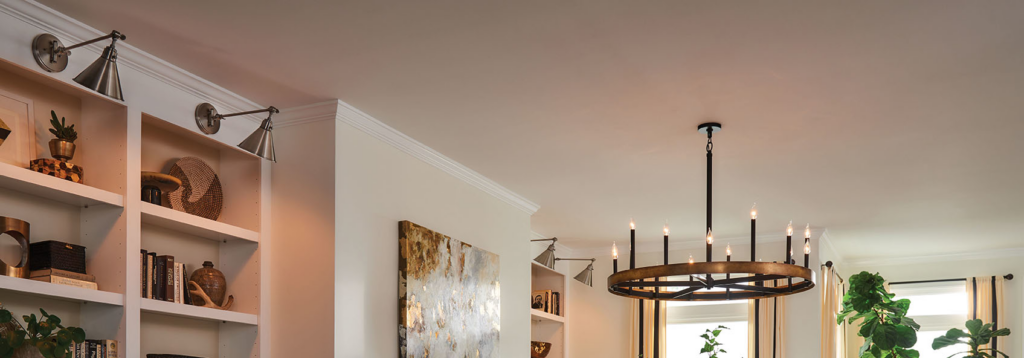
Bringing it all together
Now, you may be thinking, “But wait, can’t I just use one type of light? Why do I need all three?” The short answer is, you don’t have to use all three types of light in every room but using a combination of them can create a more dynamic and interesting space. For example, ambient light alone can make a room feel flat, but by adding task and accent lighting, you can create depth and interest.
Here are a few tips to help you achieve the perfect ambiance in a room:
- Start with ambient lighting: Ambient lighting should be the foundation of your light layering. It provides a general level of illumination and sets the overall tone of the room. Use a combination of ceiling lights, such as chandeliers, pendants, and recessed lights, to evenly distribute ambient light throughout the space.
- Add task lighting: Once you have established the ambient lighting, it’s time to add task lighting. Use a combination of dedicated lights to provide lighting for specific activities.
- Use accent lighting to highlight features: Use spotlights, track lighting, and picture lights to draw attention to these features and create a sense of depth and interest in the space.
- Dimmer switches can be used to control the intensity of the light in a room, which can help you create different moods and ambiances. Use dimmer switches to control the ambient, task and accent lighting, and experiment with different lighting levels to find the perfect balance for your space.
- Layer the lights: Be mindful of the layers of light in a room. Use a combination of lights at different heights, angles and brightness to create depth and interest in the space.
- Adjust the lights to the room’s purpose: The purpose of the room will also affect the balance of lights. For example, in a bedroom, you may want to have a lower level of ambient light and higher levels of task lighting for reading, while in a living room, you may want to have a higher level of ambient light and lower levels of task lighting.
- Consider the colour of the light: The colour of the light can also affect the ambiance of a room. Warmer colours, such as yellow and orange, create a cozy and inviting atmosphere, while cooler colours, such as blue and white, create a more modern and clinical feel.
Remember to always keep in mind the room’s purpose and personal preferences when layering your lights.
When it comes to light layering, the key is to strike the perfect balance between ambient, task, and accent lighting. While it may seem like a simple task, it can be challenging to achieve the perfect ambiance in a room. That’s why at The Lighting Centre, we offer professional lighting design services to help you create the perfect ambiance in your home. Our team of experts will work with you to understand your needs and preferences and create a custom lighting plan that will enhance the beauty and functionality of your space.
From selecting the right fixtures to positioning lights in the right places, we’ll handle every aspect of the process. With our help, you can enjoy a beautifully lit home that will make you feel comfortable and relaxed.
Don’t settle for less when it comes to your home’s lighting. Book a lighting plan here and let us help you achieve the perfect ambiance.
